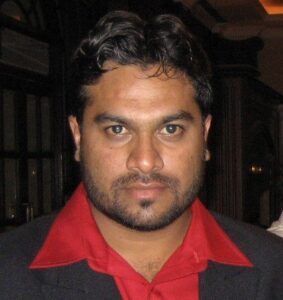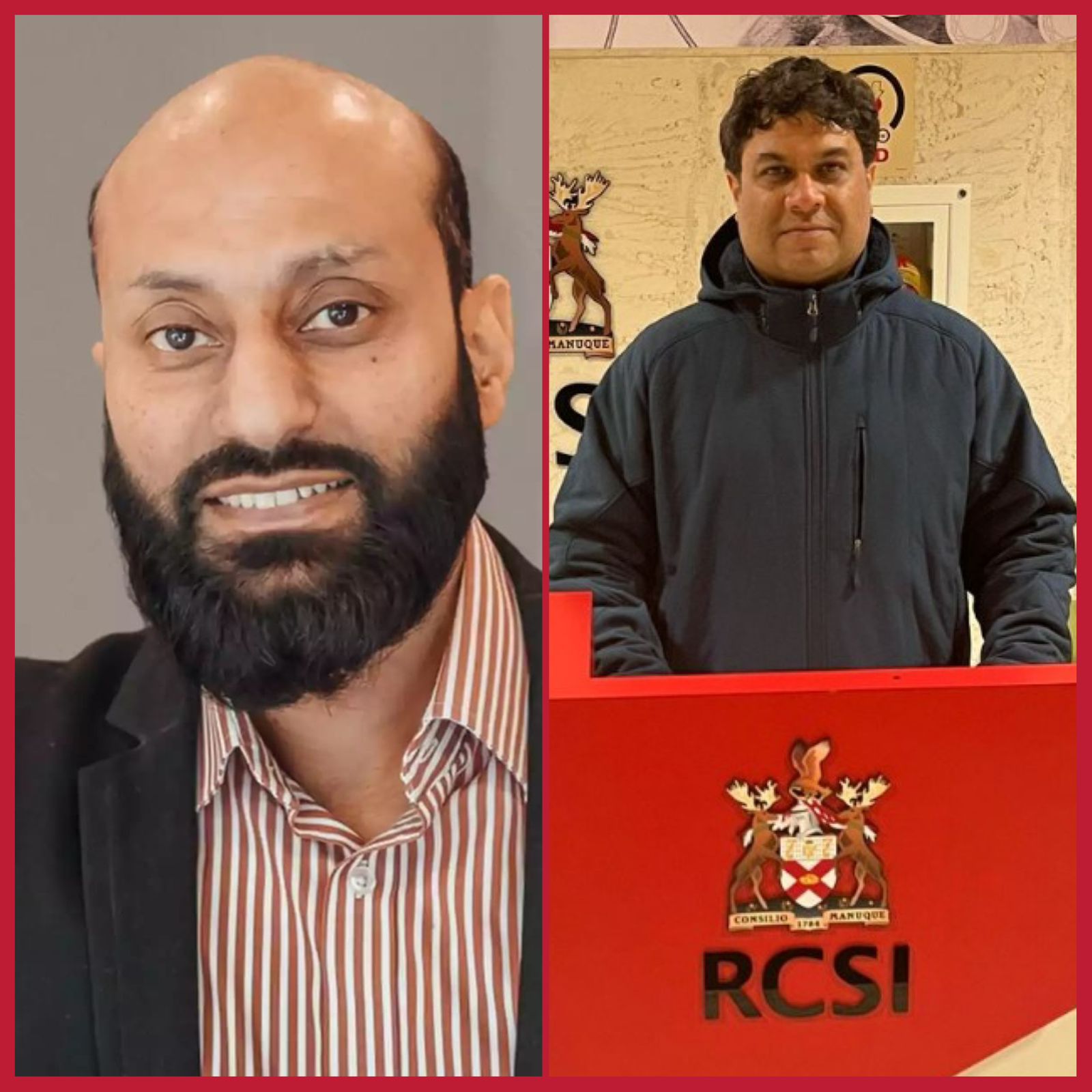Over a refined breakfast at Forum – Nexus Mall, arguably Mysore’s most vibrant crossroads of commerce and conversation, I had the pleasure of reconnecting with Dr Shaheer Ahmed Aasim—an accomplished endodontist and a cherished senior from our JSS Dental College days at the turn of the millennium. Our exchange—warm with reminiscence yet sharp with relevance—flowed through three thematic arteries: the road ahead for emigrant dentists in the UK, the rising allure of the UAE for British-trained clinicians, and the remarkable rise of artificial intelligence within endodontics.
Navigating New Frontiers: Emigrant Dentists in the United Kingdom
We began by reflecting on the shifting sands of dental migration to the United Kingdom. Dr Aasim, with his characteristic composure, acknowledged that despite broader economic recalibrations, Britain remains fertile ground for dental professionals. The National Health Service (NHS) continues to sustain high demand, and British dental qualifications remain globally esteemed.
Yet the path isn’t without its brambles. The Overseas Registration Examination (ORE) remains a rigorous gatekeeper—a challenge of intellect, patience, and resilience. But for those who persevere, the dual canvas of NHS and private practice offers both stability and scope for excellence. Dr Aasim observed that the UK rewards diligence and adaptability—virtues dentists from the subcontinent are not short on.
The UAE Emergence: A Compelling Destination for British-Trained Dentists
Our dialogue then veered eastward to the dynamic healthcare climate of the United Arab Emirates. With tax-free earnings, streamlined licensure for UK graduates, and a rapidly expanding private healthcare infrastructure, the UAE is swiftly emerging as a magnet for British-trained dental professionals.
Dr Aasim, having observed colleagues thrive in Abu Dhabi and Dubai, noted the region’s unique blend of cosmopolitan clientele, government-backed healthcare investments, and infrastructural modernity. Unlike the traditionally slower-paced progression in Western systems, the Gulf offers accelerated pathways to clinical leadership and entrepreneurship. As he put it, the UAE is more than a career move—it’s a lifestyle decision.
Endodontics Reimagined: The Rise of Artificial Intelligence
Perhaps the most riveting portion of our discourse revolved around Dr Aasim’s pioneering use of artificial intelligence within endodontics—a space traditionally seen as meticulous, time-intensive, and linear.
Challenging the orthodoxy, he has instituted a workflow wherein crown preparation precedes root canal therapy—a paradigm shift facilitated by technology and executed with precision.
It begins with an intraoral scan, immediately after diagnosis. This data, channelled through AI-driven software, generates a detailed crown design, which is subsequently refined by a dental technician and 3D-printed to near-perfection. By the time obturation is complete, the crown is ready—ushering in a single-visit elegance that defies traditional timelines.
At this juncture, I couldn’t help but remark—half in jest, wholly in admiration—“You’ve fused intelligence with digital dentistry and AI so seamlessly… and yet, if I may say so, it’s a quiet reminder that human intelligence still remains gloriously beyond the reach of algorithms.”
Dr Aasim smiled—the kind that speaks volumes. Because in the finest hands, technology does not replace intuition; it amplifies it.
He continued with enthusiasm, speaking of how AI-enhanced CBCT imaging has transformed the identification of calcified canals, facilitating better access in difficult cases. “I’ve used it in some of my most complex endo cases,” he said, “and the difference it makes in locating canals and pre-empting complications is striking.”
He also shared a recent conversation with a neurosurgeon, in which the lines between robotics and dental precision were eagerly discussed. “We may not be too far from the day I could be sitting in my practice in the UK, guiding a robotic arm—backed by AI—to perform an endodontic case at your office, Smile Maker in Mysore—with a level of finesse and synchrony previously relegated to the pages of science fiction.”
Robotics, increasingly integrated with AI, is revolutionising endodontics by enhancing precision, efficiency, and clinical outcomes. Automated canal preparation and root fillings are becoming more reliable, with reduced operator fatigue and improved treatment speed. In microsurgery, robotic systems now enable meticulous accuracy in root-end resections and minimally invasive approaches. Simultaneously, AI refines diagnostics—allowing earlier, data-informed identification of pathology.
Although still at an advanced research stage and not yet part of routine clinical practice, these innovations are rapidly progressing towards day-to-day reality. Emerging developments include microrobotics for biofilm disruption, intracanal drug delivery, and microbiome sampling. 3D printing accelerates the creation of miniaturised robotic devices, while haptic feedback enables clinicians to retain tactile perception—ensuring procedural control and elevating treatment outcomes.
Epilogue: Of Reflections, Apex Locators, and a Bond with the Future
As the conversation meandered toward its close, I shared a reflection of my own—on how artificial intelligence has, perhaps silently, been reshaping endodontic workflows long before we gave it a name.
I recalled my first apex locator, a somewhat bulky device manufactured in Russia in 2003, which I purchased during the early days of practice. At the time, “AI” was still a term confined to engineering symposiums and academic abstracts. And yet, this little machine, reading canal impedance and mapping length with surprising accuracy, was arguably endodontics’ earliest flirtation with artificial intelligence.
Then came the Micromega rotary endodontic systems, one of which I still rely on today, with its integrated apex locator—the motor intuitively recognising canal position and adjusting feedback in real time. Fast-forward to the present, and we are witnessing the emergence of smart software overlays that not only enhance apex locators from J. Morita, Dentsply, and Micromega, but also collate data across populations—on canal lengths, curvatures, widths, file breakages, and ledge formations. The implications? A future where endodontics isn’t just effective—it is cinematic in its precision. A James Bond-esque execution, if you will.
Dr Aasim paused and then said with a grin, “You’ve understood AI in dentistry more deeply than many would ever realise. On your next visit to Dublin, you must convene a round table on this with peers in endodontics—such a discourse is long overdue.”
As we gathered our things, our breakfast of simple noodles now a memory on porcelain plates, we laughed at a shared sentiment—“Perhaps the future of our instruments is already inscribed in the silent symmetry of Beijing’s towers—much like the delicate spirals of these noodles, humble yet profound.”
It was a playful observation, yes, but not without truth. With China’s growing dominance in dental manufacturing and digital innovation, we agreed—a study tour of the East might well be on the cards. Not just for curiosity, but to understand where the next wave of endodontic transformation might quietly be simmering.
Final Note: A Profession in Motion
That morning at Forum – Nexus wasn’t just about shared memories or future aspirations. It was about recognising the quiet revolutions within our craft—the subtle shifts powered by thought, tech, and global collaboration.
From apex locators of the early 2000s to AI-powered crowns completed in the time it takes to brew a second coffee, dentistry is no longer evolving—it’s leaping.
And in voices like Dr Aasim’s, and with gatherings like the DentistryUnited Academy Meet, we are reminded that the future is not just approaching. It’s here—served over noodles, spoken in codes and curves, and always shared with a smile.

Dr Shaheer Ahmed Aasim
Dr Shaheer graduated from the University of Mysore in 2000 and soon channelled his clinical acumen into Endodontology, earning an MSc in Endodontics from the University of Manchester in 2005. By 2007, he secured the MFDS from the Royal College of Surgeons of Edinburgh and has since been accepting endodontic referrals across NHS and private sectors in the UK.
In pursuit of clinical excellence, he completed his MClinDent in Endodontics from London and, in 2021, was awarded membership of the Royal College of Physicians and Surgeons of Glasgow in recognition of his contributions to dentistry. His tenure at Aberdeen, Dundee, and Glasgow Dental Hospitals within Restorative Departments allowed him to refine his expertise in complex endodontic rehabilitation, particularly of structurally compromised teeth, often collaborating in multidisciplinary teams for high-difficulty referrals. Here, he honed his surgical endodontic skills, routinely employing the operating microscope and microsurgical instrumentation.
Dr Shaheer has published in esteemed international journals and is deeply committed to education. A passionate teacher, he conducts hands-on training in contemporary endodontics and has lectured globally. As a Dentsply Sirona Certified Trainer (Bellaguis, Switzerland), he integrates modern principles, including AI-assisted diagnostics and CAD/CAM workflows, into his teaching and clinical protocols.
He is a respected member of the Royal College of Surgeons of Edinburgh, Royal College of Physicians and Surgeons of Glasgow, the British Dental Association, British Endodontic Society, and European Society of Endodontology.

Dr. Syed Nabeel, BDS, D.Orth, MFD RCS (Ireland), MFDS RCPS (Glasgow) is a clinician-scholar whose professional trajectory spans over a quarter century at the intersection of orthodontics, neuromuscular dentistry, and digitally driven diagnostics. As the Clinical Director of Smile Maker Clinics Pvt Ltd, he has articulated a refined philosophy of care that integrates anatomical exactitude with contemporary digital modalities, particularly in the nuanced management of temporomandibular disorders, esthetic smile reconstruction, and algorithm-guided orthodontic therapy. Grounded in the principles of occlusal neurophysiology, his approach is further distinguished by an enduring commitment to AI-enhanced clinical workflows and predictive modeling in complex craniofacial therapeutics. In 2004, Dr. Nabeel established DentistryUnited.com, a visionary digital platform designed to transcend clinical silos and foster transnational dialogue within the dental fraternity. This academic impetus culminated in the founding of Dental Follicle – The E-Journal of Dentistry (ISSN 2230-9489), a peer-reviewed initiative dedicated to the dissemination of original scholarship and interdisciplinary engagement. A lifelong learner, educator, and mentor, he remains deeply invested in cultivating critical thought among emerging clinicians, with particular emphasis on orthodontic biomechanics and the integrative neurofunctional paradigms that underpin both form and function.

